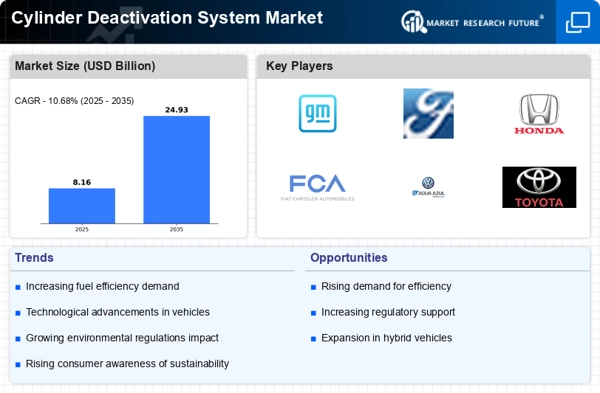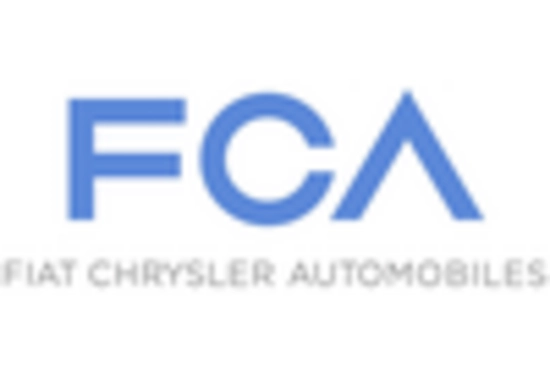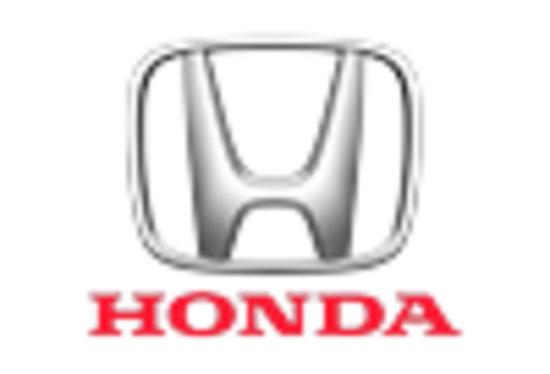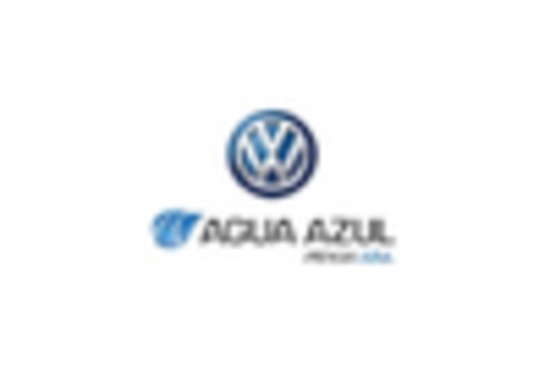Rising Fuel Prices
The Cylinder Deactivation System Market is significantly influenced by the rising fuel prices observed in recent years. As consumers face higher costs at the pump, there is an increasing demand for fuel-efficient vehicles. Cylinder deactivation systems, which allow engines to operate on fewer cylinders under light load conditions, can enhance fuel economy by up to 20%. This capability makes vehicles equipped with such systems more appealing to cost-conscious consumers. Consequently, automakers are likely to invest more in the development and integration of cylinder deactivation technologies, thereby propelling the Cylinder Deactivation System Market.
Stringent Emission Regulations
The Cylinder Deactivation System Market is also shaped by stringent emission regulations imposed by various governments. These regulations aim to reduce greenhouse gas emissions and improve air quality. Cylinder deactivation systems play a crucial role in helping manufacturers comply with these regulations by lowering emissions during low-load driving conditions. For instance, vehicles equipped with these systems can achieve a reduction in CO2 emissions by approximately 15%. As regulatory bodies continue to enforce stricter standards, the demand for cylinder deactivation technologies is expected to rise, further stimulating the Cylinder Deactivation System Market.
Consumer Demand for Fuel Efficiency
The Cylinder Deactivation System Market is witnessing a shift in consumer preferences towards fuel-efficient vehicles. As awareness of environmental issues grows, consumers are increasingly seeking vehicles that offer better fuel economy. Cylinder deactivation systems are particularly attractive as they provide a practical solution to enhance fuel efficiency without compromising performance. Market Research Future indicates that vehicles with these systems are gaining popularity, with sales projected to increase by 25% over the next five years. This trend suggests that automakers will prioritize the integration of cylinder deactivation technologies, thereby boosting the Cylinder Deactivation System Market.
Increased Competition Among Automakers
The Cylinder Deactivation System Market is characterized by increased competition among automakers striving to differentiate their products. As the automotive landscape evolves, manufacturers are focusing on innovative technologies to attract consumers. Cylinder deactivation systems offer a competitive edge by providing enhanced fuel efficiency and reduced emissions. This competitive pressure is likely to drive investment in research and development, leading to more advanced cylinder deactivation technologies. As a result, the Cylinder Deactivation System Market is expected to expand as automakers seek to leverage these systems to gain market share.
Technological Innovations in Engine Design
The Cylinder Deactivation System Market is experiencing a surge in technological innovations that enhance engine efficiency. Advanced engineering techniques, such as variable valve timing and improved fuel injection systems, are being integrated with cylinder deactivation technologies. These innovations not only optimize performance but also contribute to reduced emissions. According to recent data, the adoption of such technologies has led to a 10% increase in fuel efficiency in vehicles equipped with cylinder deactivation systems. As manufacturers strive to meet stringent performance standards, the demand for these advanced systems is likely to grow, driving the Cylinder Deactivation System Market forward.


















Leave a Comment